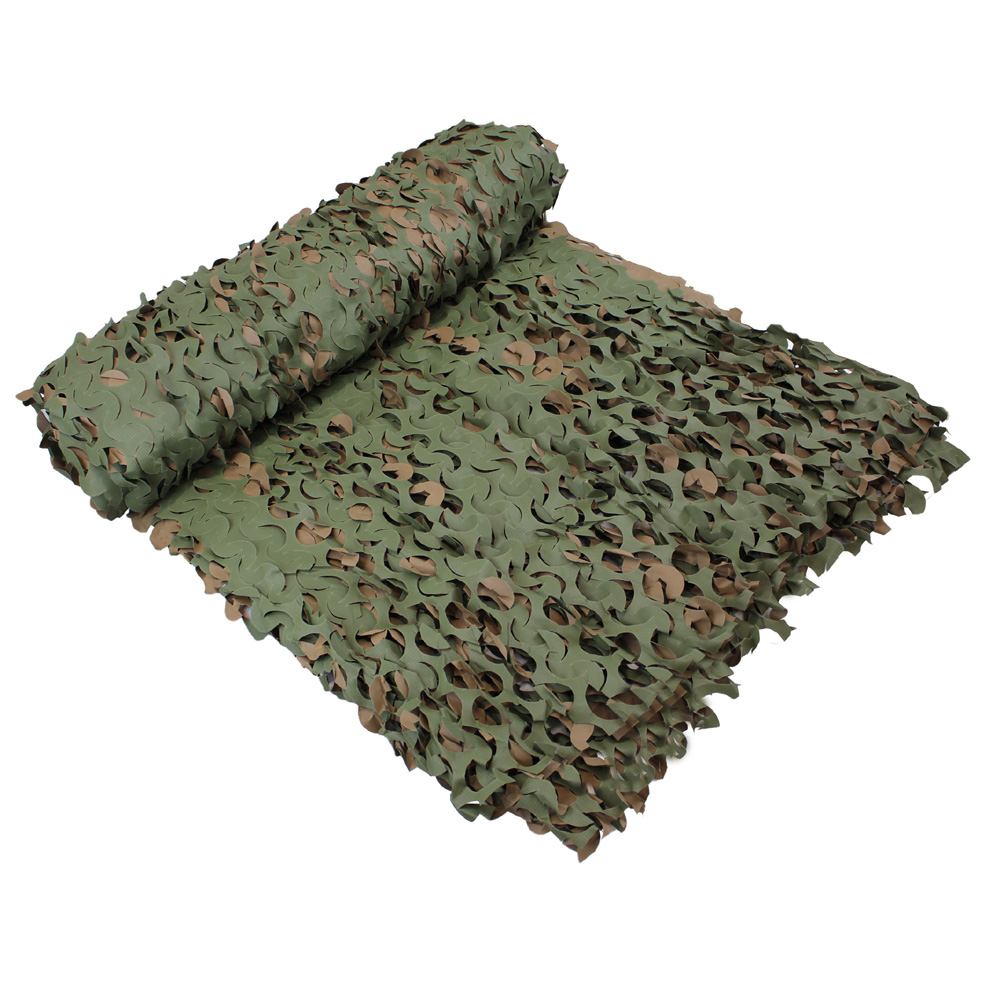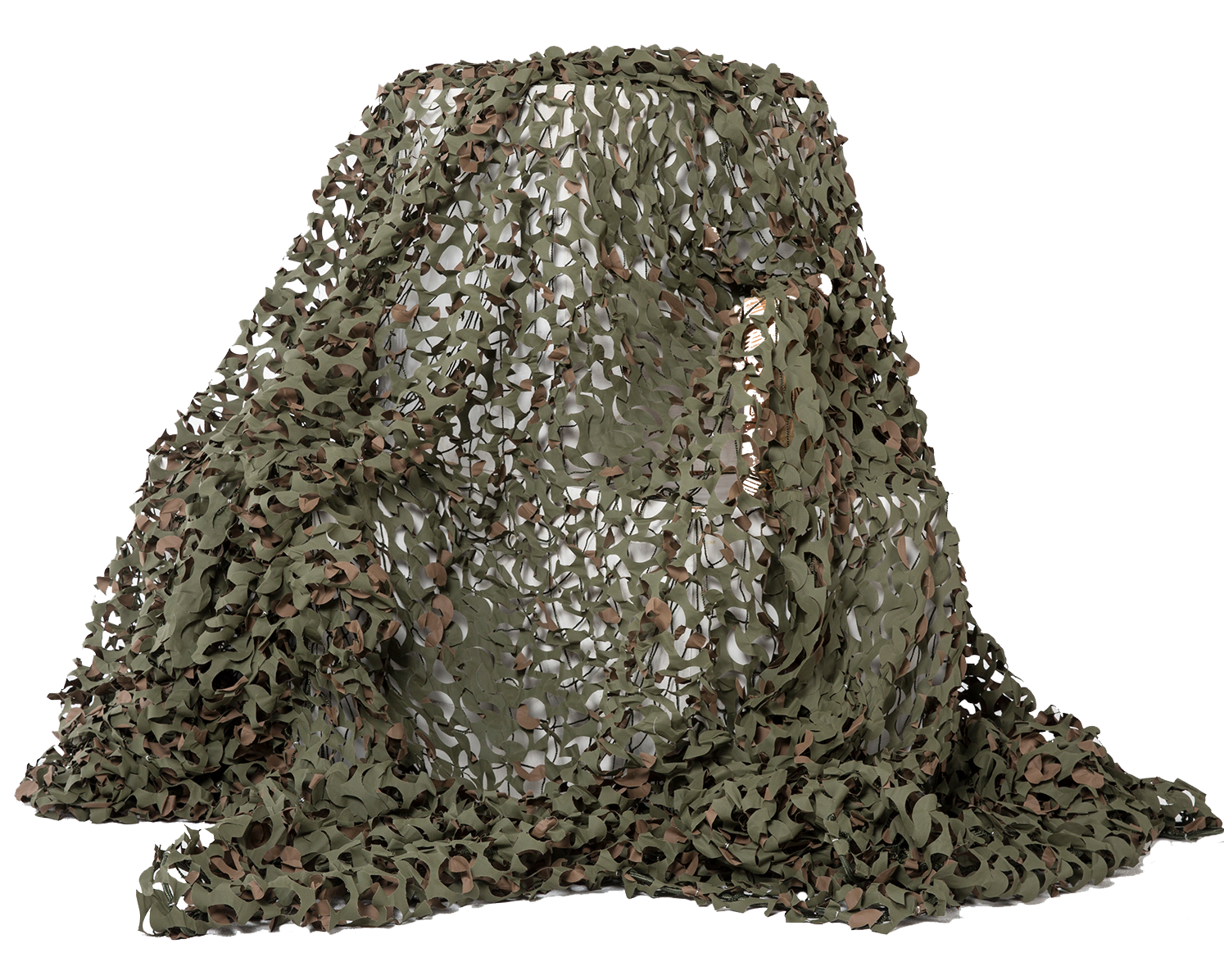

Finally, I found something that was thin enough, and can be made strong enough, namely delicate almost translucent tissue paper. I have made some trials with very thin annealed copper foil (25µm), household aluminium foil (15µm), plastic wrapping (very thin polyethylene foil) but none where able to withstand the stretching used when making this cammo net. Therefore the materials used for making a 1:35 scale Barracuda camouflage net needs to be thin, flexible and yet strong enough to be handled. We also need to consider that the whole structure is very flexible. The thickness of the foliage will be 0.007mm (or 7µm) in this scale. The mask width of the net part will be 2.2mm in scale 1:35 and the wire thickness will be 0.03mm. Let us have a look at the dimensions so that we know what we are dealing with.

It may, however be advantageous to also do the net part of the structure when simulating a cammo net hung like roofs over for example refuelling and reloading areas.
#Camo netmo netting trial
I have made some trial and error testing and have found that it is not necessary to incorporate the net portion when making rolls of such a cammo net as well as cammo net draped on vehicles, personnel and such. This is the camouflage net we will try to achieve in scale 1:35. It should not be confused with later masking developments, which also incorporates IR (infrared) and radar masking capabilities although there are some similarities in the making of the visible spectrum portions. The camouflage net I try to simulate in scale is an older type, although still in use all over the world. As far as I am informed it was first developed by Diab Barracuda in 1957, -now a part of Saab industries. Most Swedish army men and women have, at some time been entangled in this type of masking net. These types of camouflage nets have been used for masking vehicles, tents and other items for several decades.
#Camo netmo netting how to
In this article Ingvar explains how to make realistic looking camouflage nets of the Barracuda variety seen used by many countries around the world, among them, Sweden.

Ingvar might be most known for the splendid scratchbuilt 1/35th scale Stridsfordon 9040C that was featured in an article in AFV Modeller. At Plastic Warfare we are proud to introduce a new author on our site.


 0 kommentar(er)
0 kommentar(er)
